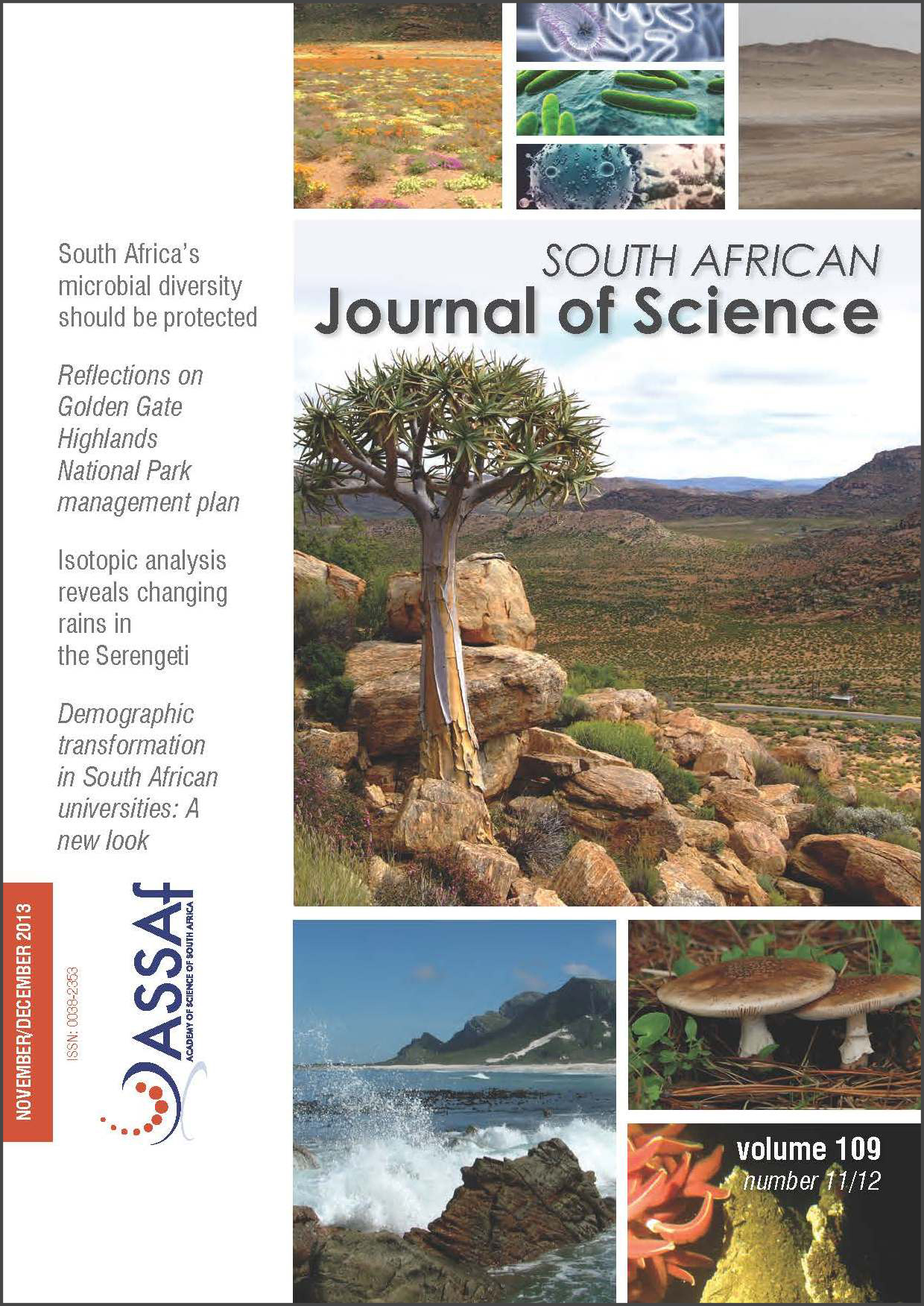Spinning pipe gas lens aberrations along the axis and in the boundary layer
DOI:
https://doi.org/10.1590/sajs.2013/20130083Keywords:
gas lenses, graded index lenses, Shack-Hartmann sensor, optical aberrations, aerodynamic mediaAbstract
When the walls of an open-ended horizontal steel pipe are heated before the pipe is rotated along its axis, the exchange of the expelled heated air with the incoming cooler air, sucked in along the axis, results in a medium capable of focusing a laser beam propagating along the pipe’s axis – a spinning pipe gas lens. However, the interaction of the heated and cooler air generates local density fluctuations which generate aberrations on the laser beam wavefront. We present results for the characterisation of these aberrations using a Shack- Hartmann wavefront sensor. The measurements show that along the axis, rotating the pipe decreases y-tilt as a result of the removal of distortions caused by gravity, although there is an increase in higher-order aberrations. However, in the boundary layer, the dominant aberration is x-astigmatism which increases with rotation speed. The results are confirmed by the measurement of the beam quality factor which increases as a result of the increase in the size of the higher-order aberrations. The spinning pipe gas lens is a device which can be used to focus laser beams using air only, but, in the process, the air introduces distortions which reduce the quality of the beam.
Published
Issue
Section
License

All articles are published under a Creative Commons Attribution 4.0 International Licence
Copyright is retained by the authors. Readers are welcome to reproduce, share and adapt the content without permission provided the source is attributed.
Disclaimer: The publisher and editors accept no responsibility for statements made by the authors
How to Cite
- Abstract 278
- PDF 288
- EPUB 153
- XML 178












.png)